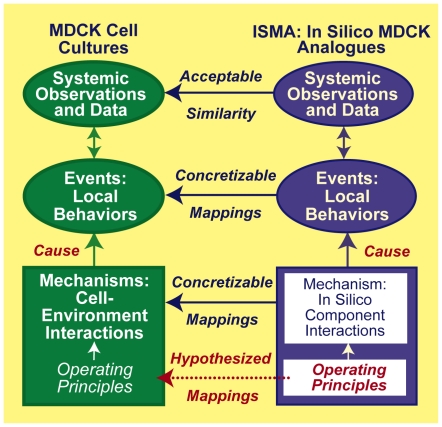Figure 9. ISMA-to-in vitro cell culture mappings.
Left: MDCK cell cultures are the referent wet-lab systems. During experiments, cells draw on genetically controlled operating principles, and cystogenesis is the result. Influential mechanistic details are reflected in the collected data. Right: an abstract mechanistic description, a set of targeted attributes, and specifications paired to those attributes direct analogue design. Software components are designed, specified, coded, verified, and assembled guided by that mechanistic description. The product of the process is a collection of abstract mechanisms rendered in software. A clear mapping is intended between ISMA cells, their axioms and operating principles, and MDCK cell and intracellular details. Relative similarity is controlled in part by parameterizations. Importantly, that mapping can be concretized iteratively. Compilation and source code execution gives rise to a working ISMA. Its dynamics are intended to represent abstractly corresponding dynamics (both observed in movies and believed to occur) within cultures during ten-day experiments. That mapping can also be concretized iteratively. Measures of cystogenesis provide time series data that are intended to be quantitatively similar (according to prespecified criteria) to corresponding measures of MDCK cell cystogenesis. Achieving increasingly stringent SMs provides degrees of validation.

